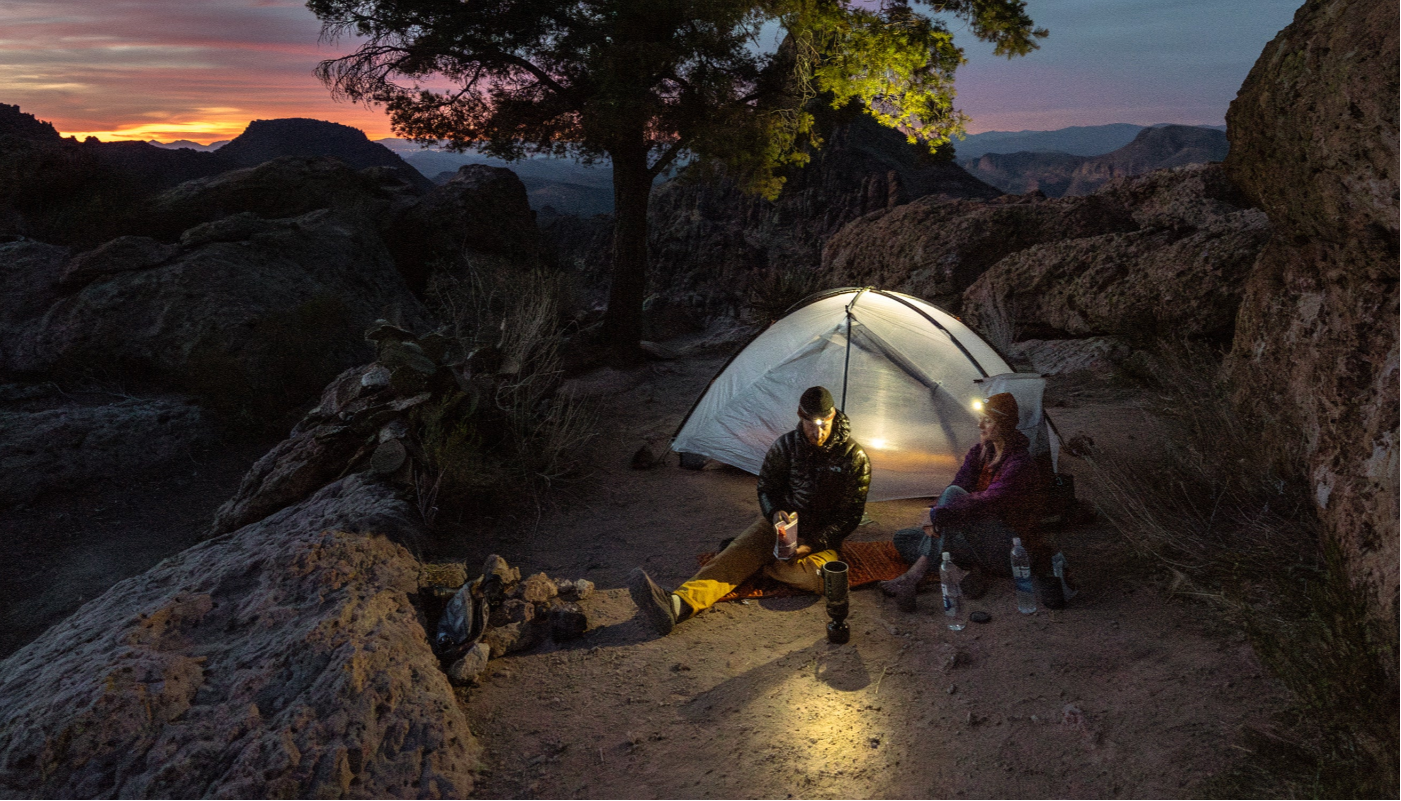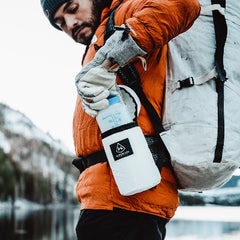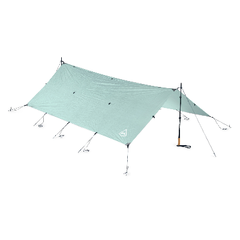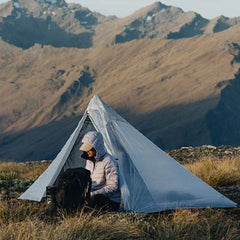Remote Camino de Santiago Routes To Challenge the Most Experienced Hikers
A network of ancient pilgrim routes, The Camino de Santiago (the Way of Saint James) leads from different parts of Europe into Santiago de Compostela in Northern Spain, believed to be the resting place of Saint James the Apostle. Between 200,000 to 300,000 people from all over the world follow the famous signs of the yellow arrow and the scallop shell on the Camino routes each year. Camino pilgrims who hike at least 62 miles can get their “passport” stamped and then apply for the pilgrim certificate, the Compostela, once they arrive to Santiago. People hike for religious or spiritual reasons, to discover new places and to meet new people. Others hike because they want to experience the remoteness and difficulty of some of Europe’s most ancient trails. Though many people go on the Camino’s various trails for the cultural experience or for religious reasons, long-distance hikers can also have a true outdoor adventure. Special thanks to the folks at CaminoWays for helping us answer these questions.

Describe the most difficult sections of the Camino.
Approximately 200 miles and starting in Oviedo, Austurias, the far-flung Original Way (aka Camino Primativo) gains from 3000 to 4000 feet of elevation four times while crossing the The Cantabrian Mountains (Cordillera Cantábrica). One of the most challenging of all the Camino routes, it boasts gorges, imposing limestone towers, and mountainous terrain. Peaks rise up to 8,688 feet. Most of the region is now protected as a single Picos de Europa National Park in Cantabria, Asturias and León provinces. In the 9th Century, legend says King Alfonso II followed this route to Santiago when Spain was under Moorish control.
As well, for any of the sections leading from France into Spain hikers will be required to cross over the French Pyrenees. In her SectionHiker.com story, “Push the Sky,” thru hiker and author Anna Dintaman talks about the difficulties of the 485-mile Camino Francés route that crosses the Pyrenees from St-Jean-Pied-de-Port in France to Roncesvalles in Spain. “This rigorous hike climbs and descends over 4,200 feet in 15 miles, and for many serves as an introduction to the Camino via trial by fire. Not only is the terrain challenging, but unpredictable weather can see freak storms blowing in. Sunny days can quickly turn to pea-soup fog. In winter and even into spring, the summit can be buried in snowdrifts. Several modern pilgrims have died in foul weather on this stretch, and no doubt countless medieval pilgrims perished here.”
What is one of the most remote routes?
You’ll find other pilgrims on most of the last 60 miles of all the Camino routes, but there are some sections that offer a more remote experience. The longest route, the Via de la Plata, takes walkers on undulating terrain from Andalucia to Galicia, Spain. Though not difficult at first, the distance between places to refuel can be long and the landscapes seemingly untouched. However, after Zamora, all of the various Camino Francés trails cross terrain with many steep climbs and descents. Mozárabic pilgrims used this route during the period of Muslim domination of Spain.
What’s the camping situation on the Camino?
There is very little “cowboy camping” along the Camino, though according to various hiker forums, there are plenty of small, grassy rest areas where you can put up a tent. Dedicated campsites are few and far between, so most people stay in hostels. On the other hand, according to the folks at amawalkerscamino.com, “Wild” camping is legal in Spain, though limited. It’s more difficult to “wild” camp on the Camino Frances because the route passes through many private and state-owned properties. As well, you may not camp in areas frequented by the military, or tourist areas (such as tourist beaches) or “parques naturales.” However, and you can set up camp out-of-sight somewhere in the countryside or on the property of some albergues, or in the villages of Rabanal, O Cebreiro, Sarria and others. And, the company says, “If you are sensible and ‘wild camp’ nearby, having some sensitivity to the rules, you can camp almost anywhere in the countryside.” Check out the green tent icons on this map, which identify all the camping sites in Spain.























